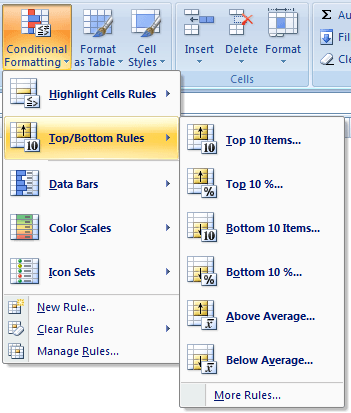

Regrettably, Microsoft Excel does not have a built-in calendar similar to Outlook's. Below you will find a few examples of my favorite Excel conditional formats for dates. more than a month from the current date), you will have to create your own conditional formatting rule based on a formula. If you want to highlight cells or entire rows based on a date in another cell, or create rules for greater time intervals (i.e. Excel conditional formatting formulas for dates However, this fast and straightforward way has two significant limitations - 1) it works for selected cells only and 2) the conditional format is always applied based on the current date. If the Excel standard palette does not suffice, you can always click the More colors… button.


Finally, choose one of the pre-defined formats or set up your custom format by choosing different options on the Font, Border and Fill tabs.Select one of the date options from the drop-down list in the left-hand part of the window, ranging from last month to next month.To apply the formatting, you simply go to the Home tab > Conditional Formatting > Highlight Cell Rules and select A Date Occurring.Microsoft Excel provides 10 options to format selected cells based on the current date.
How to highlight dates within a date rangeĮxcel conditional formatting for dates (built-in rules). Conditionally format dates based on the current date. Highlight cells when a value changes to a date. Excel conditional formatting date formulas. Excel conditional formatting rules for dates. In this tutorial, we are going to take this functionality a step further to conditionally format Excel dates in the way you want. If you have some basic knowledge of Excel formulas, then you are most likely familiar with some of date and time functions such as NOW, TODAY, DATE, WEEKDAY, etc. In other words, we are going to apply Excel conditional formatting to dates. Those tutorials explain how to apply Excel's built-in rules and make your own conditional formats based on formulas.Īnd now we will leverage this knowledge and create spreadsheets that differentiate between weekdays and weekends, highlight public holidays and display a coming deadline or delay. Finally, learn how to set the hierarchical order of the Conditional Formatting rules apply, and how to resolve rule conflicts in Excel.If you are a regular visitor of this blog, you've probably noticed a few recent articles covering different aspects of Excel conditional formatting. You will learn how to use several Conditional Formatting tools to analyze data, and to use advanced conditional formatting by highlighting specific data criteria. This course demonstrates how to use Conditional Formatting highlights by adding visual indicators to data values, for example, to highlight specific cells, rows, or columns. You will learn to use a variety of date and time formats built into Excel, how to create a customized format, and how to modify the color applied to data in a spreadsheet. You will then learn how to use the custom text format menu to insert additional data into cells, and to change the appearance of existing text. This course demonstrates how to properly display a value-for example, a fraction, currency, or telephone number. In this 10-video course, learners can explore how to use built-in formulas in Excel for Office 365, and how to create their own formats. Excel Office 365 (Windows): Custom & Conditional Formatting Overview/Description Expected Duration Lesson Objectives Course Number Expertise Level Overview/Description







 0 kommentar(er)
0 kommentar(er)
